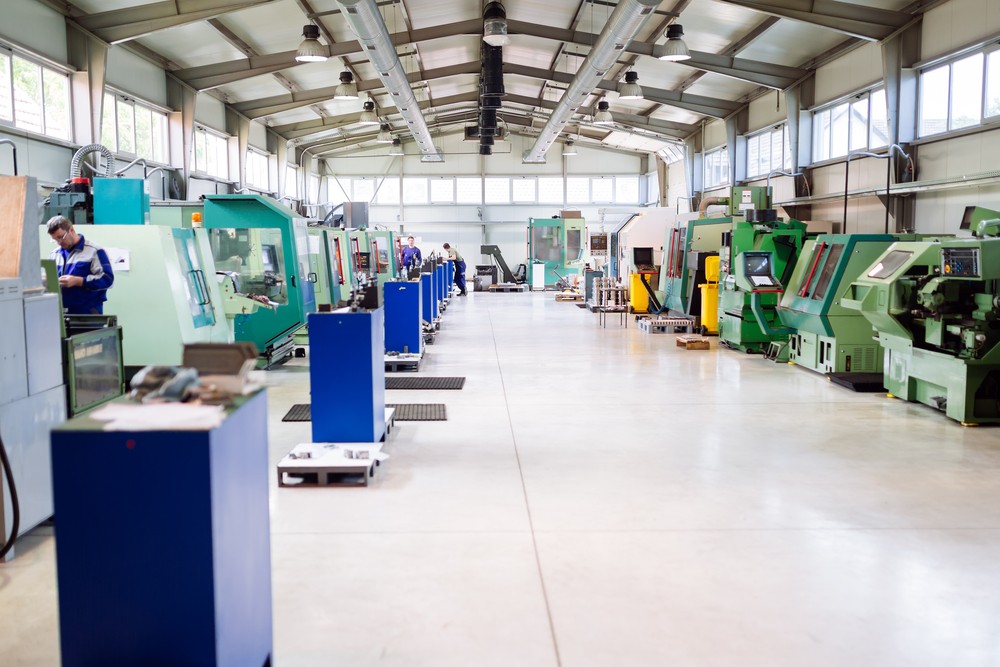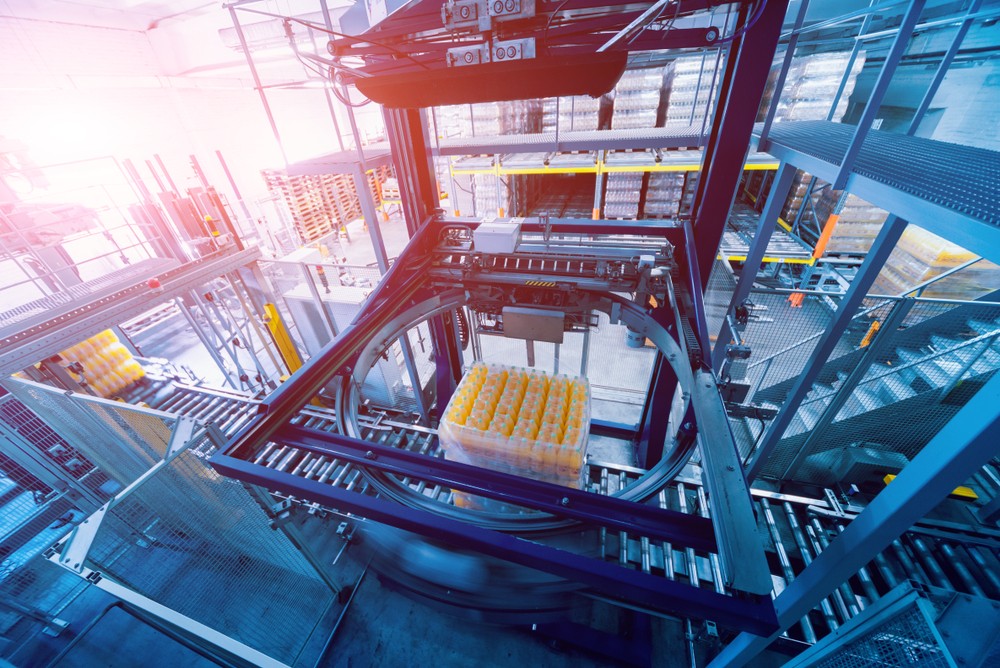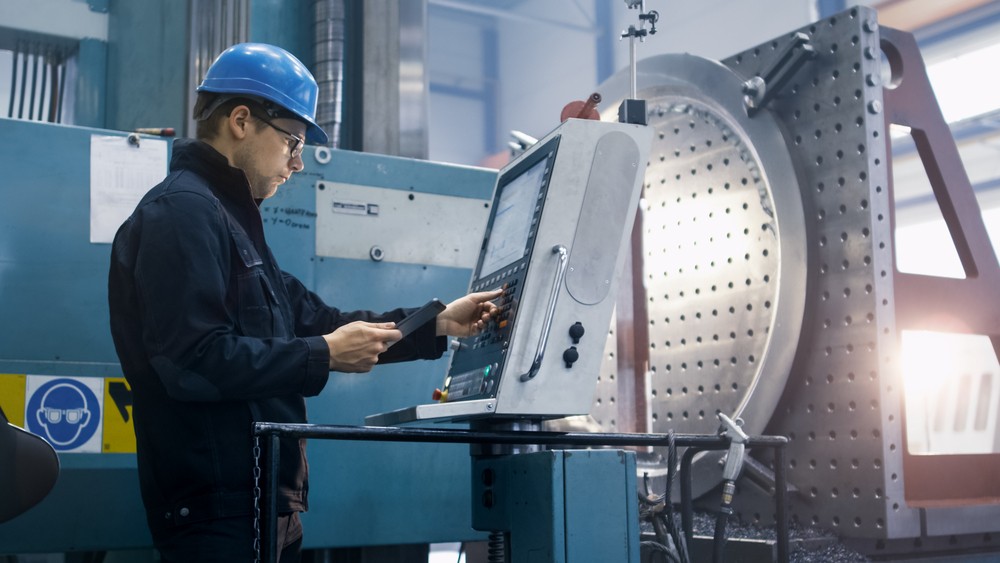5 Environmental Factors Weighing on Fixed Assets

Fixed assets are the backbone of every manufacturing company. Without them, the company wouldn’t have the means to produce and sell its products. So, it’s no wonder most manufacturers spend a considerable amount of time, effort, and money on enterprise asset management (EAM). Ensuring the condition, function, and return on investment (ROI) of fixed assets is paramount, but there are prevalent factors that make managing these assets an ongoing challenge.
What are fixed assets?
A fixed asset is any tangible property used to produce profits. In manufacturing, this can include everything from machinery and buildings to vehicles and heavy equipment. Without fixed assets, manufacturers can’t generate income. Fixed assets are critical to operations and essential to fundamental production activity. It should come as no surprise that they’re also incredibly expensive and live on the balance sheet for years, or even decades, at a time.

Conditions putting fixed assets at risk
Because of their longevity and purpose, most fixed assets experience some level of exposure, whether in the factory environment or from outdoor elements. Harsh environmental factors can damage or even destroy expensive fixed assets, which makes it important to understand these risks and how best to prevent them. The five chief detractors are:
- Moisture. The main risks involved with moisture buildup include rust and erosion, both of which cause long-term damage to assets. In machinery, moisture quickly takes a toll.
- Dryness. Excessive dryness can negate the benefits of a long-lasting lubricant in any asset with moving parts. Dryness leads to friction, which leads to heat that can cause damage and default.
- Temperature extremes. Excessive heat and cold — particularly when there are wild temperature swings — compromise virtually any material and lead to brittleness, warping, or other malformations.
- Dust and debris. Dust and debris can take a toll, especially when they block airflows or coat sensitive components. Over time, debris can mar protective surface coatings and cause more damage.
- UV exposure. Though you can’t see UV light, you’ll certainly see the effects of prolonged exposure to it. It can warp and peel protective coatings, fade paint, and degrade the molecular structure of some materials.
Protecting your fixed assets
There are many ways to protect fixed assets. First, develop a schedule for monitoring and managing their condition to help catch small issues before they turn into big problems. To keep assets working at maximum efficiency, perform routine maintenance and repairs, and provide personnel with proper training for managing these essential assets.
Employees can easily forget to perform maintenance without a comprehensive schedule in place. Preserving fixed assets needs to be a top priority of manufacturers, which means developing the right protection methods and instilling them as habit.

Invest in proactive EAM strategies
If your company spends a lot of money on EAM each year, it’s for good reason. Fixed assets are the backbone of any production operation and demand diligent oversight to ensure they continue to serve their purpose. The more proactive a company can be in maintaining and servicing fixed assets, the longer they will continue to deliver ROI.
